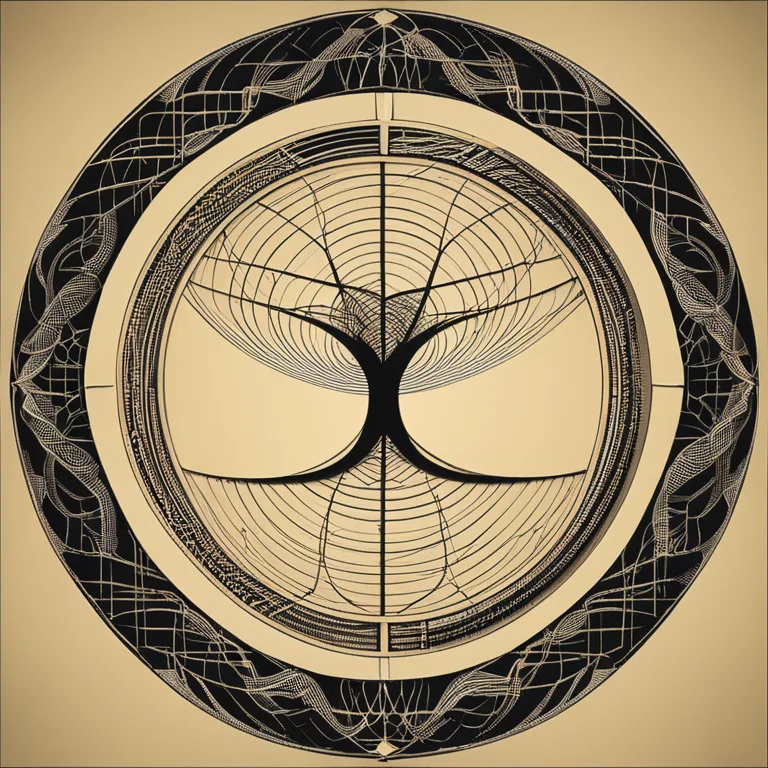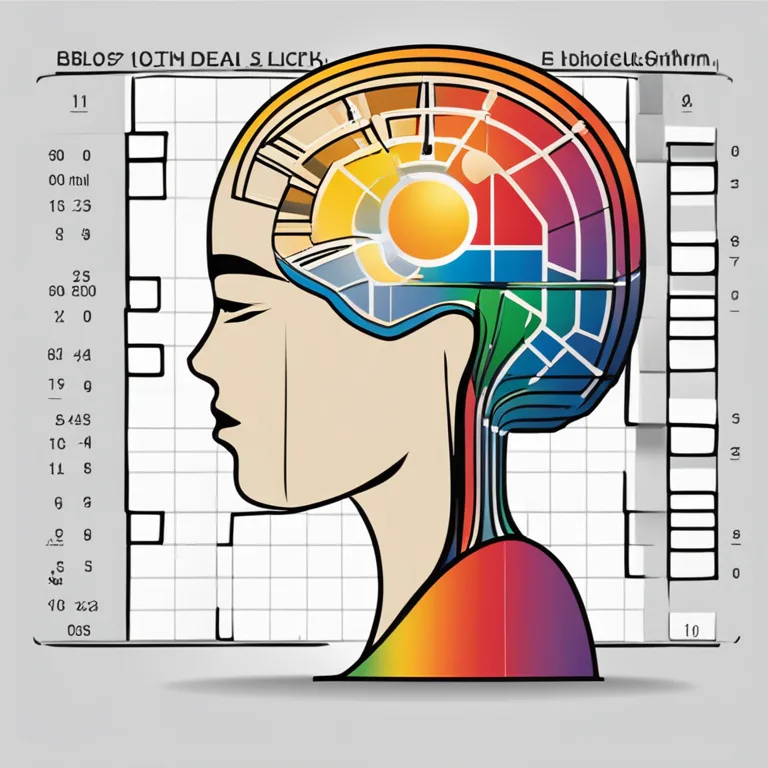
The Rhythms of Life: An Insight into Biorhythms
Discover the fascinating principles of biorhythms and how they influence our daily performance, emotions, and overall well-being.
article by Adrian Wallace
Introduction to Biorhythms
Biorhythms are considered to represent the cyclic patterns that govern various aspects of our physical, emotional, and intellectual well-being. The concept, rooted in the idea that our lives are influenced by natural rhythmic cycles, traces back to the 19th century but has found its niche in modern holistic and self-help movements. In the context of an ever-increasing interest in personal health and well-being, understanding biorhythms is becoming particularly intriguing for many.

The Three Primary Cycles
Traditionally, biorhythms focus on three main cycles: the physical (23 days), the emotional (28 days), and the intellectual (33 days). Each of these cycles is thought to start at a baseline at birth and to ebb and flow between positive and negative phases throughout a person's life. During a positive phase, one might feel more energized or capable in the relevant domain; conversely, during a negative phase, the opposite would be true.

Calculating Biorhythms
Calculations for an individual's biorhythm involves using their birth date as a starting point. Today, numerous websites and applications offer to chart these cycles for their users with a few simple inputs. These tools are designed to help users predict and plan for days when they might feel at peak performance or, alternatively, need to be cautious due to lower levels of functioning in physical, emotional, or intellectual areas.

Scientific Evidence and Criticism
While biorhythms have a keen following, scientific scrutiny of the notion is ongoing. Critics argue that there is a lack of empirical evidence supporting the impact of these cycles on our daily lives. Nevertheless, enthusiasts point to personal experiences and anecdotal evidence that suggest a measure of predictability associated with biorhythms, advocating for their consideration alongside other personal health practices.

Biorhythms in Modern Times
The discussion around biorhythms has evolved with advancements in technology and data analysis. Wearables and mobile apps now offer in-depth personal health tracking, including sleep patterns, heart rate, and activity levels, that provide more data points for users interested in monitoring their biorhythmic trends. This has led to a resurgence of interest, perhaps as a complementary tool to these modern health-monitoring devices.
Working with Biorhythms Practically
For those fascinated by the concept, working with biorhythms can involve aligning activities with perceived cycles. For example, one might schedule challenging tasks or rigorous workouts for days forecasted as high-energy according to their physical biorhythm, or harness days of high intellectual biorhythm for problem-solving and learning activities.
Future of Biorhythmic Studies
As we continue to march into the future, the convergence of biorhythmic theory with other fields of self-optimization and personal analytics seems inevitable. The potential for tailored approaches to health and performance based on individual biorhythmic patterns appears promising, albeit still speculative. Time will tell if biorhythms will secure a more substantial foothold in the science of human wellness.
Published: 12/28/2023
Modified: 12/28/2023
More predictions
Come back here soon to learn more about yourself and your future


The Synergy of Biorhythm Compatibility
Delve into the intriguing concept of biorhythm compatibility to foster deeper connections and understand interpersonal dynamics.


Biorhythm Insights: Patterns of Life's Peaks and Valleys
Discover the intriguing concept of biorhythms and see practical examples of how these physiological cycles might influence our daily lives.


The Accuracy of Biorhythms: A Myth or Science?
Delve into the debate on the accuracy of biorhythms and discover whether they hold any scientific validity.